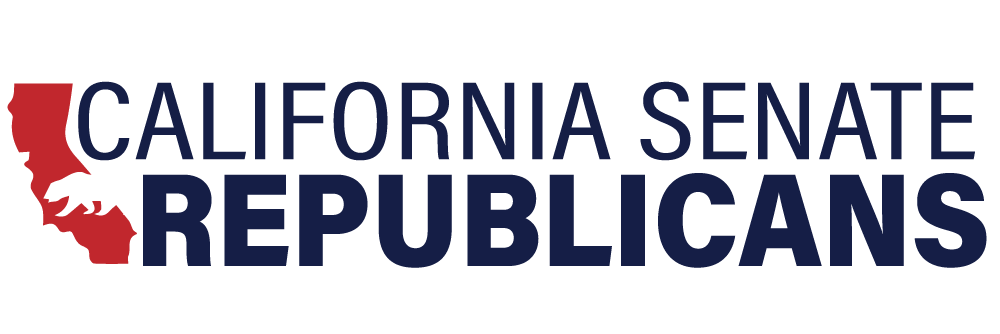Pandemic Unemployment Assistance
Establishes a Pandemic Unemployment Assistance program, which expands through December 31, 2020 the scope of individuals who are eligible for unemployment insurance (UI) benefits due to being furloughed or out of work as a direct result of COVID-19 to include:
Those seeking part time employment
Those who are self-employed or gig workers
Those who have exhausted existing state and federal UI benefit provisions.
Those without a sufficient work history.
Those who would otherwise not qualify for regular or extended UI benefits.
Specifies that individuals must be able and available to work and actively seeking work, unless they are unable to do so as a result of COVID-19 illness, quarantine, or movement restriction. Excludes from UI coverage those who have the ability to telework with pay and those who are receiving paid sick leave or other paid benefits.
Increases the state’s weekly benefit for UI recipients by $600 per week (from March 27th 2020 – July 31st 2020).
Expands maximum weekly UI benefits available by 13 weeks to a total of 39 weeks.
For more information see: https://www.careeronestop.org/WorkerReEmployment/UnemploymentBenefits/unemployment-benefits.aspx
Waives 7 day UI waiting period and incentivizes states to waive any UI benefit waiting period by temporarily funding the first week of regular UI benefits for those states with no waiting period.
"Paycheck Protection" Loans - Small Business
Makes "Paycheck Protection" loans available to small businesses (defined in most case as businesses with less than 500 employees) to be administered by the Small Business Administration. Businesses in certain industries may have more than 500 employees if they meet the SBA’s size standards for those industries.
Specifies that the loans may be used for payroll costs, healthcare, rent, utilities, and other debts incurred by the business. Excludes employer costs related to new federal leave provisions in the Families First Coronavirus Response Act (FFCRA) because of the tax credit that the FFCRA makes available to cover these costs.
Specifies that eligible recipients may qualify for a loan up to $10 million determined by 8 weeks of prior average payroll plus an additional 25% of that amount.
Provides that loan payments will be deferred for six months.
Specifies that if a business maintains its workforce, SBA will forgive the portion of the loan proceeds that are used to cover the first 8 weeks of payroll and certain other expenses following loan origination.
For more information on this loan program see the folowing websites: https://www.sba.gov/ or https://home.treasury.gov/policy-issues/top-priorities/cares-act/assistance-for-small-businesses or https://www.sbc.senate.gov/public/index.cfm/guide-to-the-cares-act.
Business Loans - Medium Sized
Provides, under the Emergency Relief and Taxpayer protections portion of the CARES Act, that medium sized businesses (500 to 10,000 employees) are also eligible for direct loans. These size businesses are not eligible for the paycheck protection loans.
Specifies that to be eligible for these loans employers must make a “good-faith certification” that they will comply with specified certification requirements.
Certification requirements includes:
- That the business intends to restore at least 90% of its workforce (including compensation and benefits) that existed as of February 1, 2020 no later than 4 months after Health and Human Services declares an end to the public health emergency related to COVID-19.
- That the business will not outsource jobs for the term of the loan (which cannot exceed five years) and for two years after repaying the loan.
- That the business will not “abrogate” an existing collective bargaining agreement for the term of the loan and for two years after completing repayment of the loan.
- That the business will remain “neutral in any union organizing effort for the term of the loan.”
For more information on this progam see: https://home.treasury.gov/cares
Employee Retention Tax Credit
Establishes a new “employee retention tax credit,” which is not available to small business who receive “paycheck protection” loans.
Specifies that employers are eligible for a 50 percent refundable payroll tax credit on wages paid up to $10,000 during the crisis.
Specifies that the credit would be available to employers whose businesses were disrupted due to virus shutdowns and those that had a decrease in gross receipts of 50 percent or more when compared to the same quarter last year.
Provides that the credit can be claimed for employees who are retained but not currently working due to the crisis for firms with more than 100 employees, and for all employee wages for firms with 100 or fewer employees.
For more information on this provision see: https://www.irs.gov/newsroom/faqs-employee-retention-credit-under-the-cares-act
Payroll Tax “Holiday”
Allows employers to defer their Social Security taxes owed. Specifies that half of the amount owed is due December 31, 2021 and the other half is due December 31, 2022.
For more information on this provision see: https://www.irs.gov/coronavirus-tax-relief-and-economic-impact-payments.
